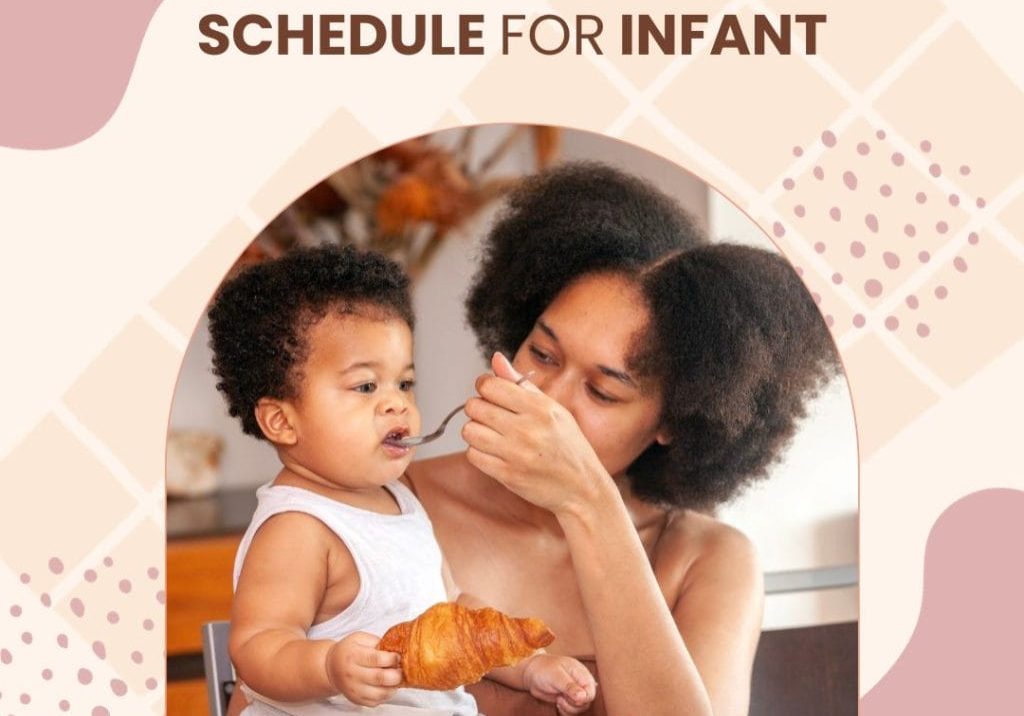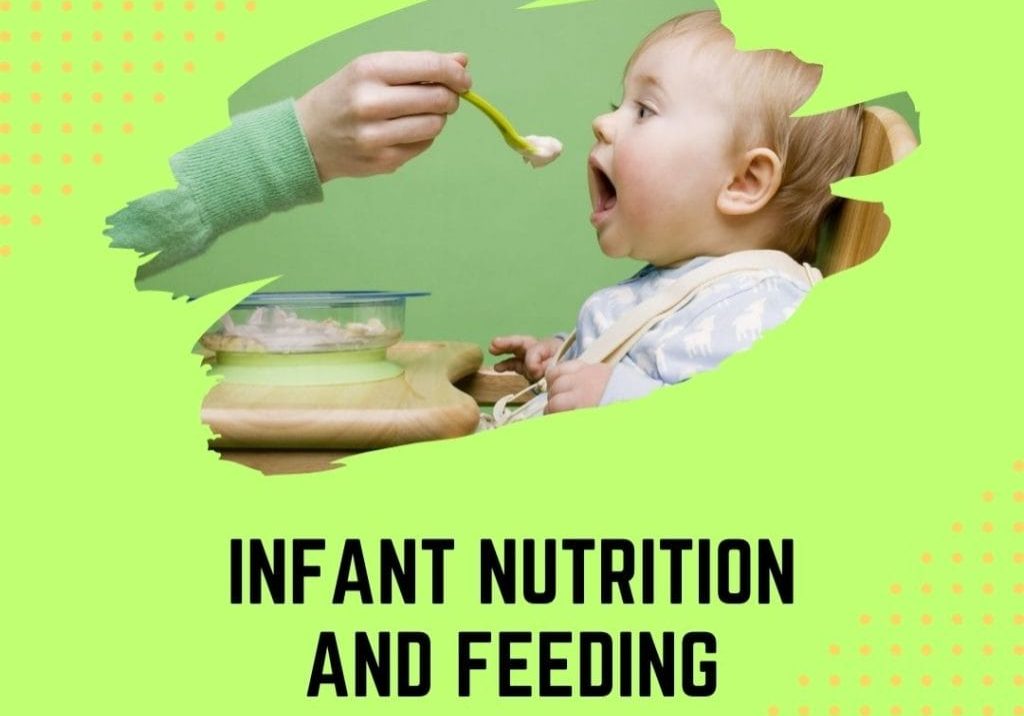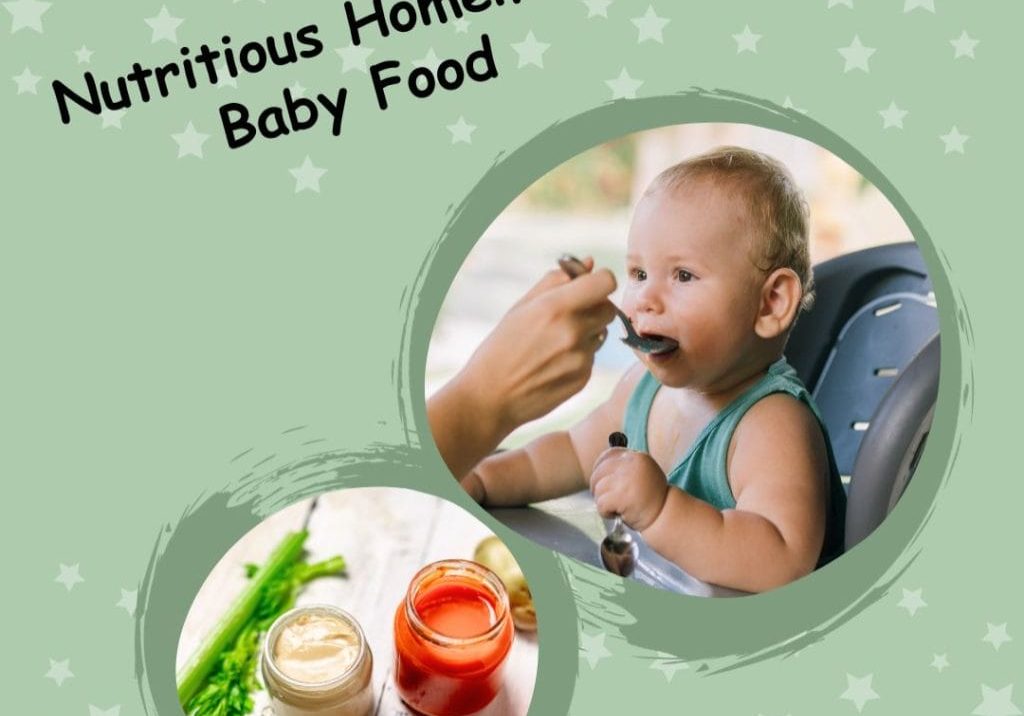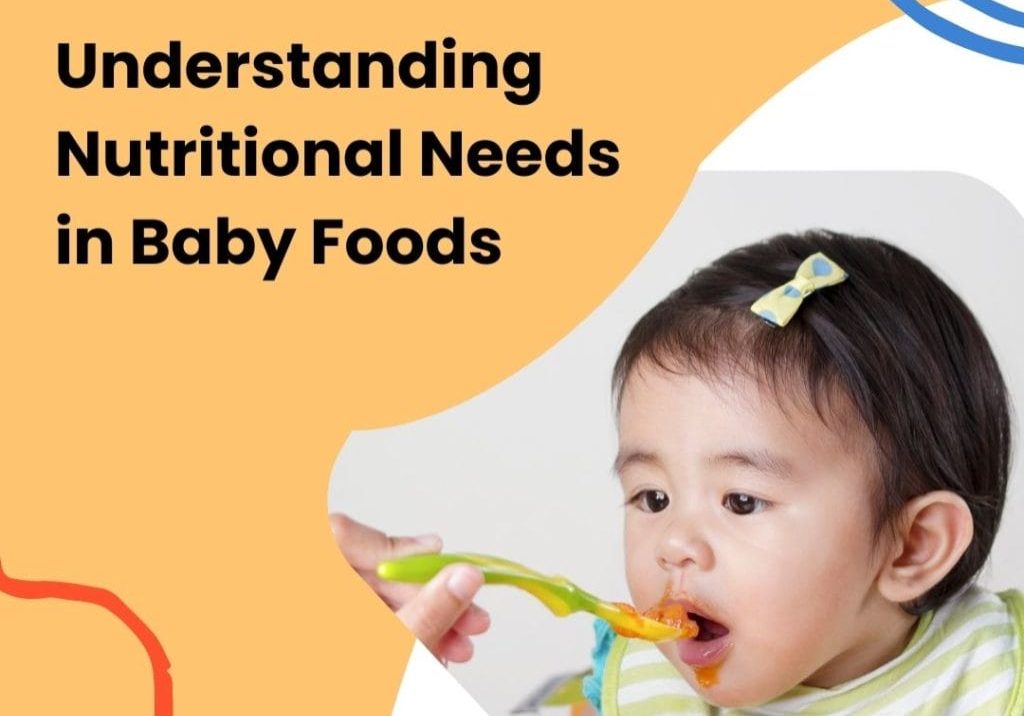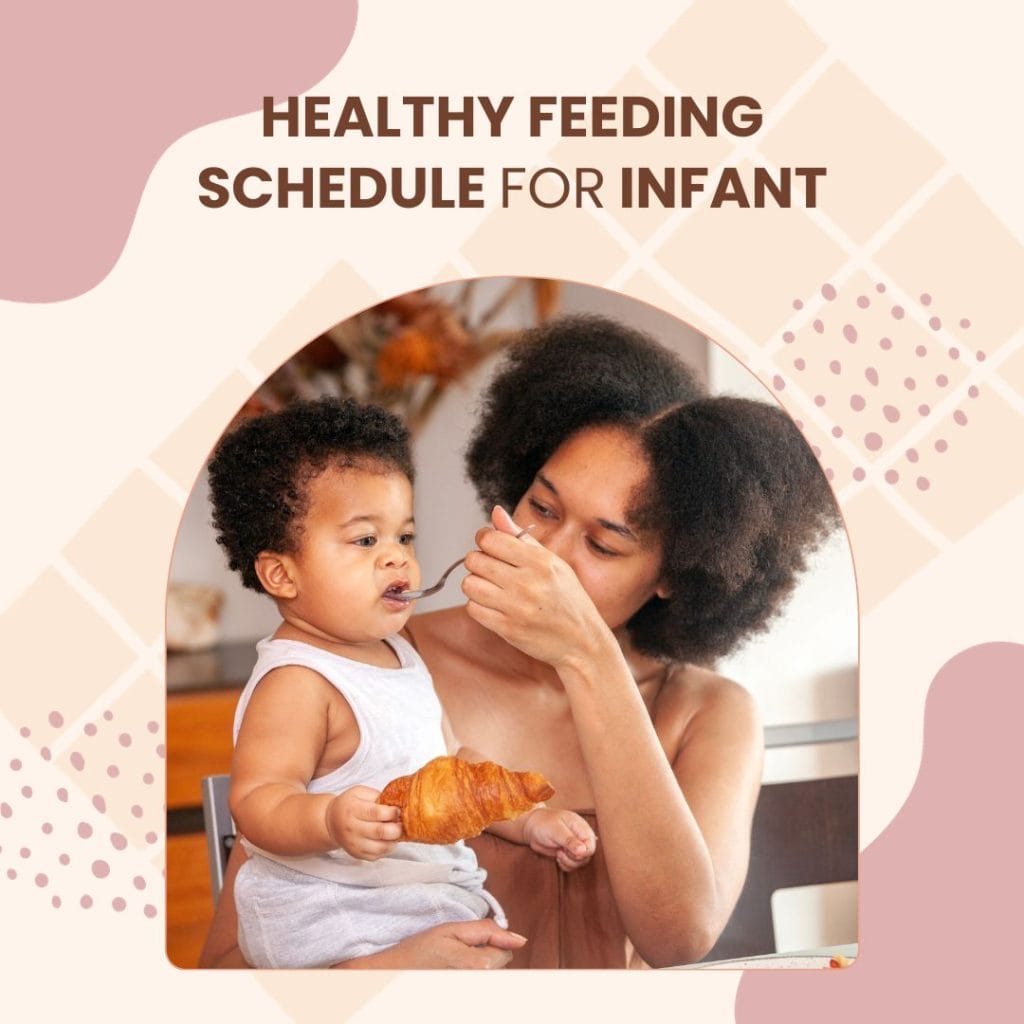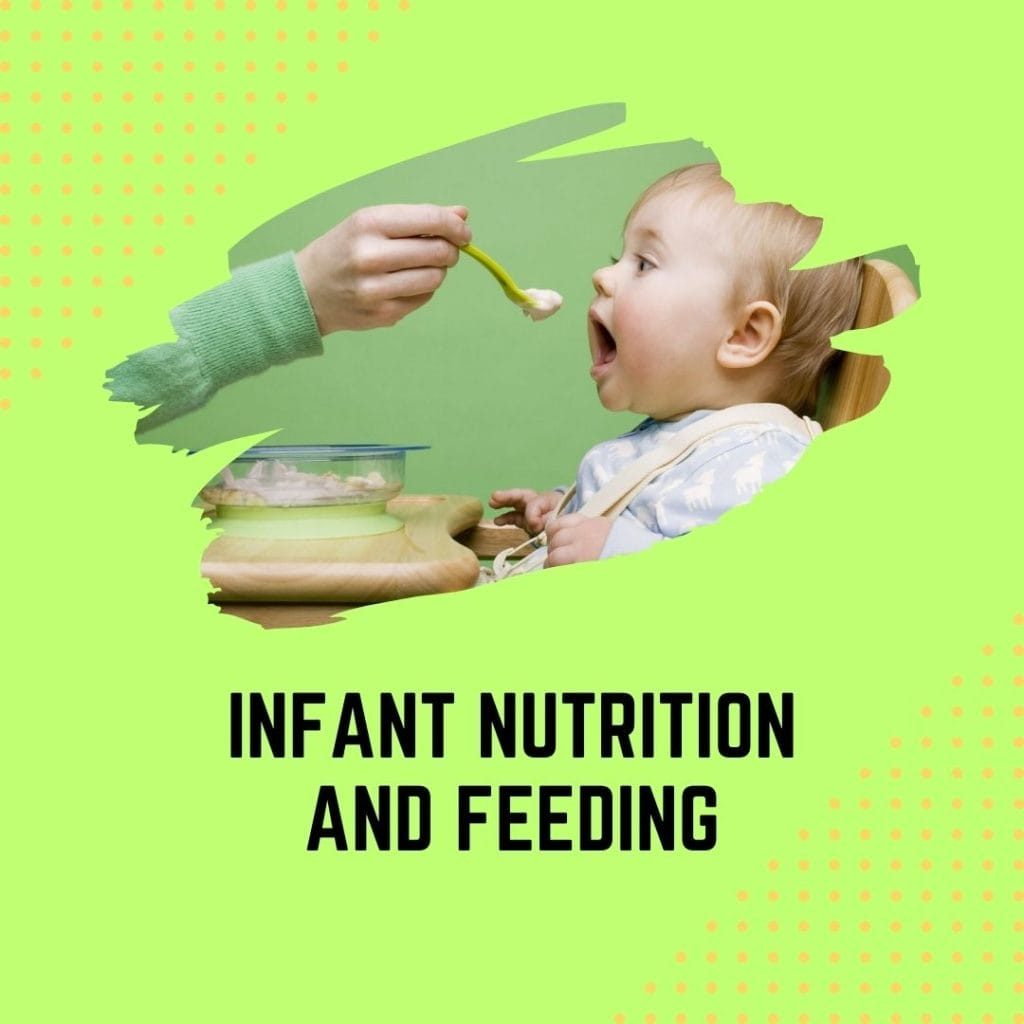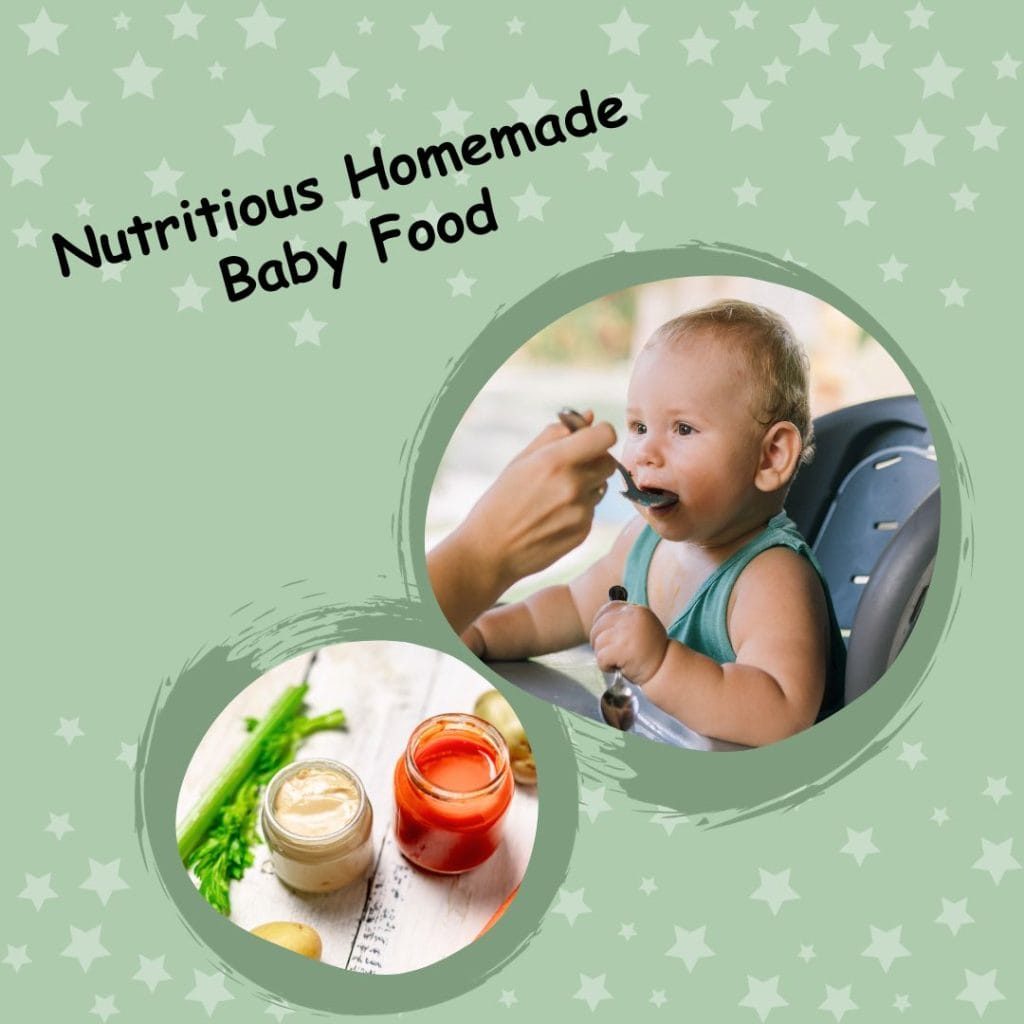Providing nutritious and palatable meals for your little one is a top priority for every parent. With our easy and versatile DIY Baby Food Recipes, you can ensure a healthy and balanced diet for your baby. These recipes are designed not just to meet the nutritional requirements of your baby, but also to introduce them to a variety of tastes and textures. Join us as we explore the world of homemade baby food, filled with goodness and love.
Easy and Nutritious DIY Baby Food Recipes
These DIY baby food recipes are tailored for infants aged 6, 7, and 8 months who primarily consume less dense purées, but they’re also perfectly suitable for older babies and toddlers. Each recipe can stand alone, or you can mix and match to invent unique flavor combinations if you’re in the mood to experiment.
Best Way to Make Baby Food
The simplest and most straightforward method to prepare DIY baby food is by utilizing a blender. Fresh ingredients blended with a splash of water, breastmilk, or formula for the desired consistency, allow you to create nutritious meals for your baby without the need to purchase specialist equipment that might not be frequently used.
Tools You Need to Make Homemade Baby Food
To prepare these DIY baby food recipes, your kitchen toolkit should include:
- A blender; an immersion blender is a suitable alternative if it’s robust
- Water, formula, or breastmilk for thinning the mixture as required
- A knife to chop fresh produce
- Spoon for stirring and serving
- Bowls for mixing and blending ingredients
- Ice cube trays for portioning and freezing
- Freezer bags for long-term storage
- Specific baby food storage containers for freshness and convenience
Stage 1 Baby Food
Stage 1 baby food marks the initial phase in the solid food journey of an infant, typically starting around the 4-6 months mark. At this stage, single-ingredient foods are introduced in a puréed consistency to ensure easy digestion.
These purees are usually made from a single fruit or vegetable that’s been steamed to maintain its nutrients and then blended with breastmilk, formula, or water. It’s important to introduce one food at a time, waiting a few days before introducing another, to observe for any allergic reactions.
The goal at this stage is not to replace breastmilk or formula with solid foods, but to complement it. Foods such as sweet potatoes, bananas, pears, apples, and peas are common choices due to their nutrient density and ease of digestion. Remember, this stage is all about helping your baby get used to the routine of eating and exploring new textures and flavors.
Stage 2 Baby Food
As babies grow, their nutritional needs and their ability to handle different textures evolve. Stage 2 baby food marks the transition to slightly thicker purees and an increase in the variety of ingredients. This stage typically commences when babies are around 7-8 months old.
In contrast to the single-ingredient purees often seen in Stage 1, Stage 2 baby food recipes frequently incorporate multiple ingredients. This not only broadens the baby’s palate but also provides them with a more comprehensive range of nutrients.
It’s essential to remember that each baby is unique, and the transition should occur when they’ve comfortably mastered thinner purees. This ensures their ability to safely consume and enjoy these new textures and flavors.
1. Avocado Puree
Avocado puree is a nutrient-rich choice for your baby’s first food. High in healthy fats and fiber, avocados are also packed with a variety of essential vitamins and minerals.
To make this puree, you’ll need a ripe avocado. Peel and pit the avocado, then cut it into chunks. Place these in a blender along with a little breast milk, formula, or water to achieve your desired consistency. Blend until smooth, ensuring there are no chunks that your baby could choke on.
This puree can be served immediately, or stored in the fridge for up to 48 hours. Remember, fresh is best when it comes to baby food. Always check for freshness before serving.
2. Bean Puree
Bean puree is a protein-packed choice for our DIY baby food recipes. Beans are not only high in protein but also rich in fiber and iron, promoting a healthy digestive system and blood health.
To prepare this puree, begin with a cup of cooked beans of your choice. Rinse thoroughly to ensure they are clean. Next, place them in a blender along with a little water, breast milk, or formula for a smooth consistency. Blend until it forms a smooth puree without any lumps.
This puree can be served immediately or refrigerated for up to 48 hours. Always ensure the food’s freshness before serving it to your baby.
3. Blueberry Puree
Blueberries are a fantastic fruit to incorporate into your DIY baby food recipes. Bursting with antioxidants and Vitamin C, they support your baby’s overall health and immune system. For this blueberry puree, select fresh, ripe blueberries.
Rinse the blueberries thoroughly, ensuring they are free of any debris. Place them in a blender, adding a small amount of water, breast milk, or formula to achieve a smooth consistency. Blend until pureed, making sure there are no lumps that might pose a choking hazard.
This puree can be served right away or kept in the fridge for up to 48 hours. As always, ensure the food’s freshness before serving.
4. Kiwi Puree
Kiwi is a fantastic addition to your DIY baby food recipes. Packed with Vitamin C and dietary fiber, kiwis help in boosting your baby’s immune system and aiding digestion.
Begin with ripe kiwis. Peel and cut them into small pieces, ensuring there are no seeds. Place them in a blender, adding a bit of water, breast milk, or formula to achieve a smooth consistency and blend until pureed.
This kiwi puree can be served immediately or stored in the refrigerator for up to 48 hours. Always ensure that the puree is fresh before serving it to your baby.
5. Mango Puree
Mango Puree is a flavorful and nutritionally rich choice for your DIY baby food recipes. Mangoes are high in vitamins A and C, promoting good eye health and boosting the immune system.
Start with a ripe mango. Peel and pit it, then cut into small chunks. Place these in a blender along with a small quantity of water, breast milk, or formula. Blend until you achieve a lump-free puree.
This puree can be served right away or refrigerated for up to 48 hours. As with all baby food, ensure freshness before serving.
6. Peach Puree
Peach Puree is a delightful option for DIY baby food recipes, offering a unique blend of taste and nutrition. Peaches are rich in vitamins A and C, promoting good eye health and immunity.
To prepare this, start with ripe peaches. Peel, pit, and then cut them into small chunks. Add these to a blender, along with a bit of water, breast milk, or formula. Blend until you obtain a smooth, lump-free puree.
Serve it immediately or store it in the refrigerator for up to 48 hours. As with all baby food, remember to check for freshness before serving.
7. Whipped Peanut Butter
Whipped Peanut Butter Puree is a hearty addition to your DIY baby food recipes. Renowned for its high protein content, peanut butter also offers a wealth of vitamins and minerals.
Start with a small quantity of smooth, unsalted peanut butter. To this, add a bit of water, breast milk, or formula. Blend until it achieves a whipped, creamy consistency, ensuring the puree is easily consumable by your baby.
This protein-packed puree can be served immediately or kept in the fridge for up to 48 hours. Be sure to always verify its freshness before feeding it to your baby.
8. Pineapple Puree
Pineapple Puree is a tropical delight in our array of DIY baby food recipes. High in vitamin C and manganese, pineapples support immunity and bone health.
To create this puree, start with a ripe pineapple. Peel, core, and cut it into small chunks. Place these in a blender with a bit of water, breast milk, or formula. Blend until a smooth consistency is achieved.
This puree can be immediately served or stored in the refrigerator for up to 48 hours. As always, verify the freshness of the puree before serving it to your baby.
9. Strawberry Puree
Strawberry Puree is a vibrant and nutritious option for your DIY baby food recipes. These luscious berries are high in Vitamin C, promoting a healthy immune system, and also contain beneficial antioxidants.
Start with fresh, ripe strawberries. Rinse them well, removing the stems. Cut the strawberries into small pieces and place them in a blender. Add a small amount of water, breast milk, or formula to reach a smooth consistency and blend until pureed.
This delightful puree can be served immediately, or stored in the refrigerator for up to 48 hours. Always ensure the puree is fresh before serving to your baby.
10. Banana Puree
Banana Puree is a classic staple in DIY baby food recipes. Bananas are not only easy to digest but are also packed with potassium, which fosters cellular health and proper heart function.
To prepare this puree, begin with a ripe banana. Peel it and cut it into chunks. Place these chunks into a blender, adding a bit of water, breast milk, or formula for a smooth consistency. Blend until it turns into a creamy, lump-free puree.
This puree can be served immediately, or stored in the refrigerator for up to 48 hours. Always remember to check the freshness of the puree before serving it to your baby.
Homemade Baby Food Storage
Storing homemade baby food can be effortlessly achieved by pouring the freshly made purees into an ice cube tray and freezing them. After they are frozen solid, you can dislodge the cubes and transfer them into clearly marked freezer bags, where they can be kept for as long as three months. This method is incredibly convenient, especially when planning to send homemade baby food to daycare or preparing in advance for the following week.
Tips for Making the Best Homemade Baby Food
Here are some valuable tips for making the best homemade baby food:
- Make sure to use at least 1 cup of the base ingredient. This will provide sufficient volume for your blender to operate effectively.
- You can thin down any homemade puree with water, breast milk, or formula to reach the desired consistency.
- Freeze any baby food that you won’t be using within three days. Pour the puree into an ice-cube tray for convenient portioning.
- Once the puree is frozen solid, transfer the cubes into freezer storage bags. These can be stored for up to three months.
- Plan ahead by thawing the frozen baby food in an airtight container in the fridge overnight before you intend to serve it.
- Always taste fresh foods for sweetness and ensure that the puree is not too tart for your baby’s palate.
- If a puree is too tart, consider mixing it with Banana Puree, Avocado Puree, Applesauce, or Mashed Sweet Potato to balance the flavor.
- To increase the fat or protein content of any fruit or veggie puree, stir in some whole milk yogurt, coconut cream, or Avocado Puree.
- You can also substitute water with breast milk or formula, depending on your baby’s preference.
- For more complex flavors, try combining two purees. This also introduces your baby to a variety of tastes.
- Add texture to any puree by mixing in baby oatmeal or hemp seeds. This can help your baby gradually adjust to solid foods.
Conclusion
In conclusion, these DIY baby food recipes are not only nutritious but easy to prepare, allowing you to provide the best for your growing baby. By incorporating fresh fruits and nutrient-dense foods, you can ensure your little one enjoys a balanced diet. The convenience of making these purees in bulk and storing them for future use further simplifies the process. Remember, the key to introducing new foods is variety and patience. With these DIY baby food recipes, you’re on the right track to establishing healthy eating habits for your child.


